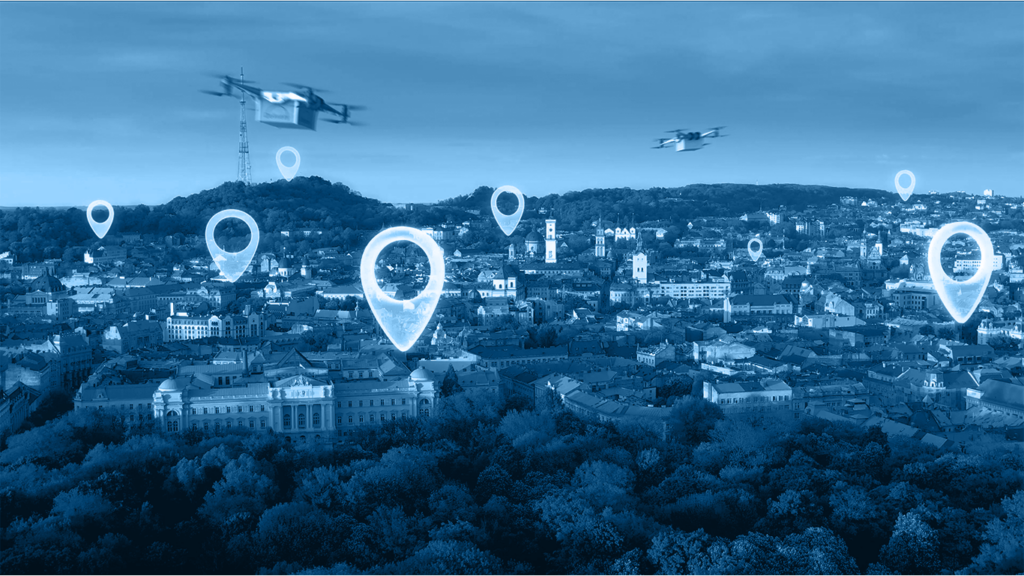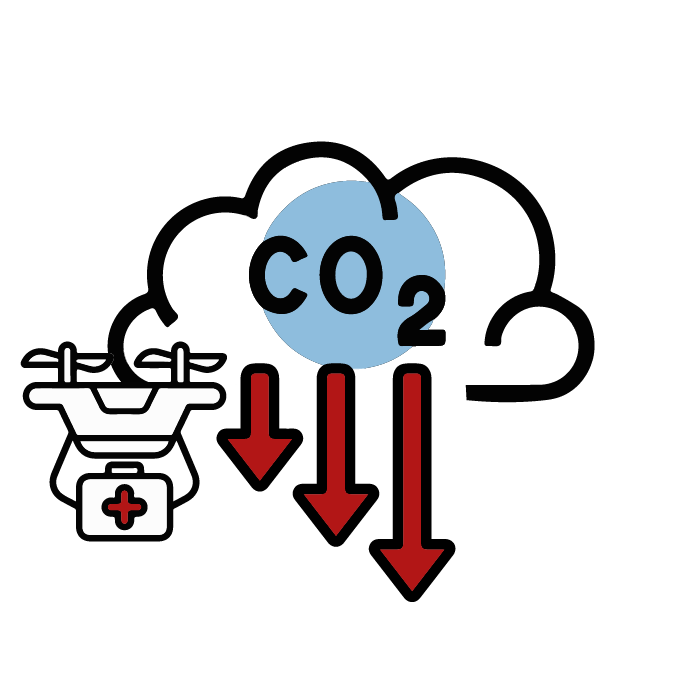
What are the advantages of drone medical delivery ?
Medical delivery processes are stringent, involving various stakeholders. Delivery criteria include maintaining the cold chain, meeting precise deadlines, ensuring speed to enable patients to benefit from quick results or swift deliveries. Societal issues also come into play, such as reducing emissions generated by deliveries.
While delivery methods vary, deadlines are not always met, nor are they easily compressible, leading to increased costs and decreased process optimization.
So, where does the drone fit into this logistics chain?
Drone medical delivery : faster and more ecological
When meeting operational and medical criteria, drones enable the reduction of delivery times through regular rotations while ensuring optimized operations.
For instance, it is estimated that a 40-minute car journey can be completed in 10 minutes with a drone. Since drones are unaffected by traffic conditions or road states, they provide a considerable time-saving advantage in delivery, resulting in improved patient care and treatment times.
More cost-effective, this type of delivery also avoids unnecessary kilometers for the reasons mentioned above.
How does this change the game? It significantly impacts the carbon footprint of medical deliveries!
For a conventionally delivered package, the estimated CO2 consumption is 444g compared to 70g of CO2 per package delivered by drone.

Will drone replace current delivery personnel or existing delivery methods ?
No, for now, drones will complement healthcare institutions’ delivery capabilities, enhancing processes without aiming to eliminate all existing positions or services. This topic will be the subject of another article to be published soon.

